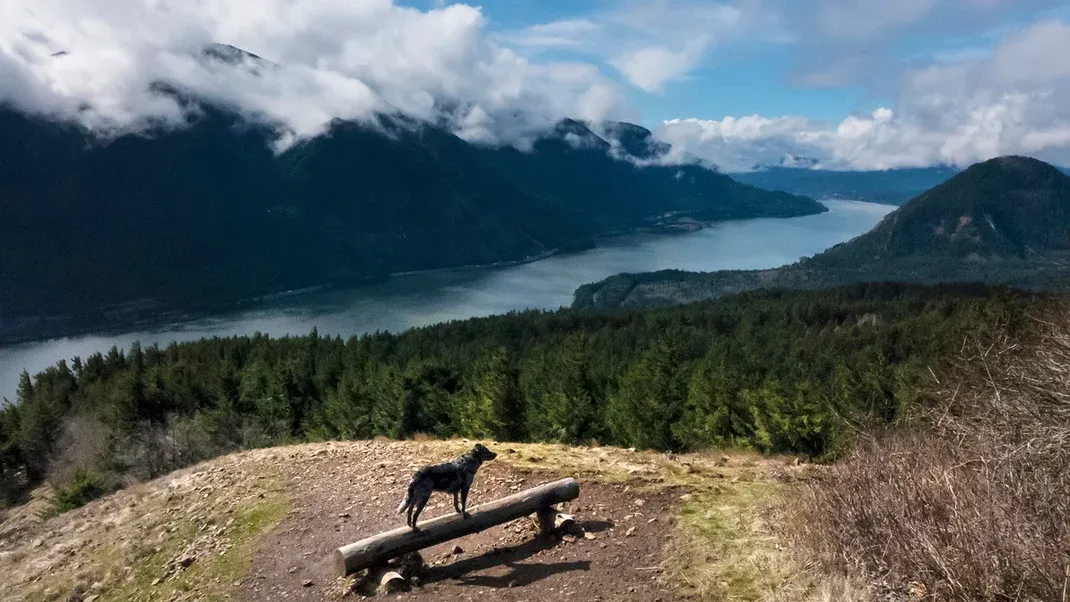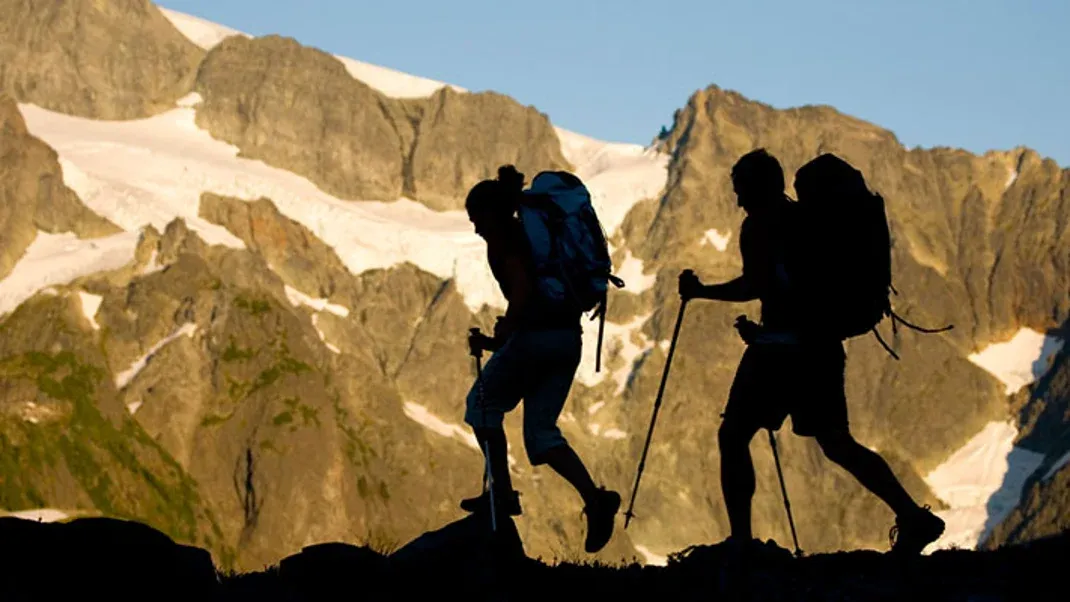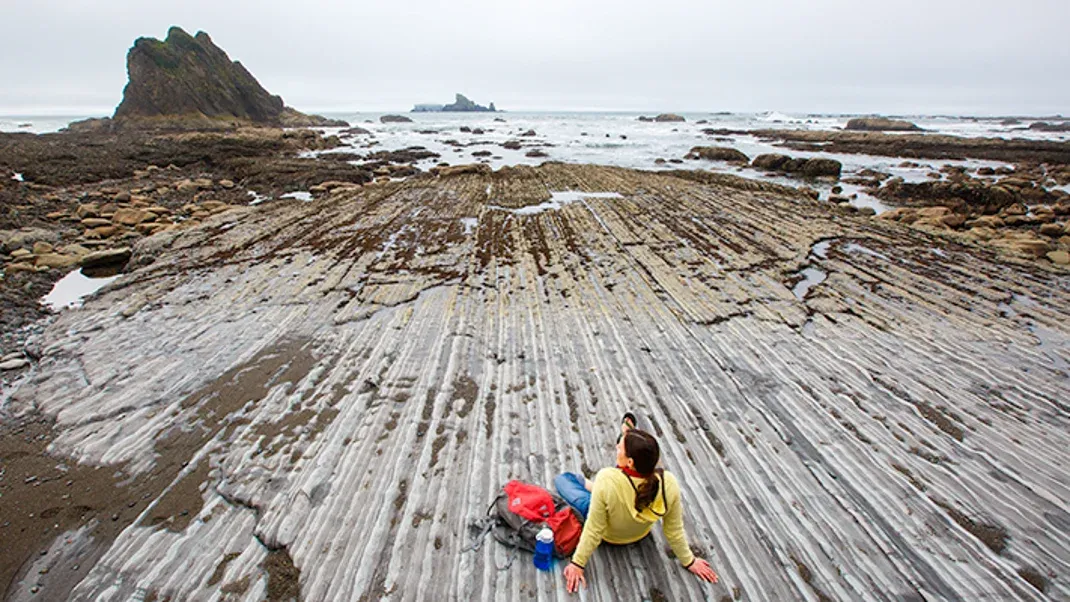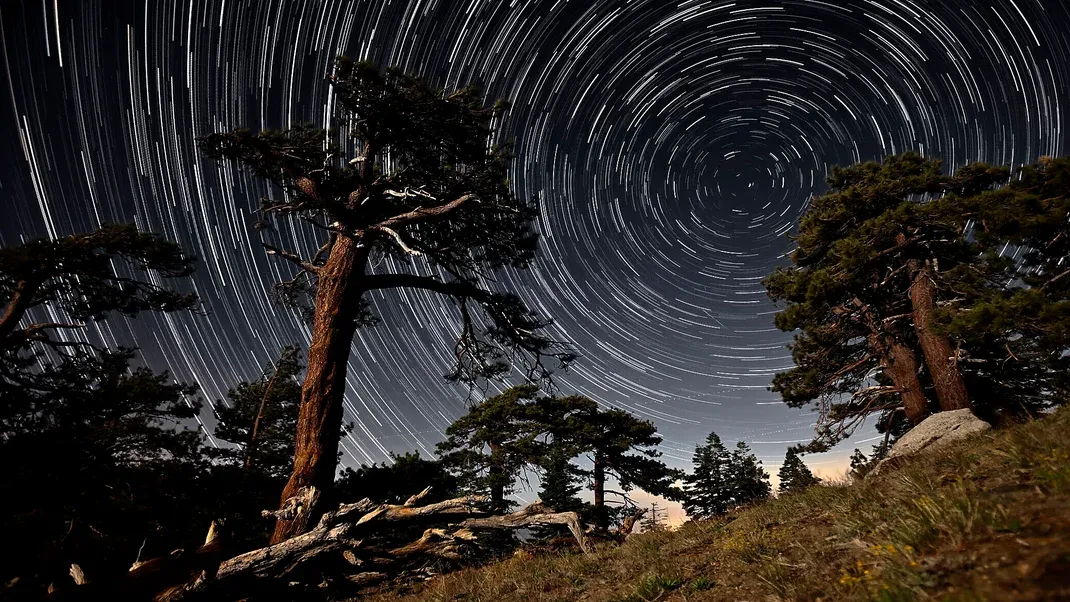Outdoor Photography: A Q&A with Jonathan House
In this Q&A, outdoor photographer Jonathan House shares insights and tips for capturing stunning outdoor images. House discusses the importance of light and composition in outdoor photography, as well as the challenges of shooting in various weather conditions. He also provides advice on equipment and techniques for capturing the beauty of nature and outdoor landscapes. Whether you're a beginner or an experienced photographer, this interview offers valuable insights and inspiration for taking your outdoor photography to the next level.

Outdoor photography is a captivating and challenging art form that allows photographers to capture the beauty and essence of the natural world. From stunning landscapes to intimate wildlife portraits, outdoor photography offers a wealth of opportunities for creativity and expression. To gain insight into the world of outdoor photography, we spoke with Jonathan House, an accomplished outdoor photographer known for his breathtaking images of the natural world. In this Q&A, Jonathan shares his thoughts and experiences on outdoor photography, offering valuable advice for aspiring photographers.
Q: How did you first become interested in outdoor photography?
A: I've always had a deep appreciation for the natural world and a passion for photography, so it was only natural for me to combine these two interests. I was drawn to outdoor photography because it allows me to capture the beauty and diversity of the natural world in a way that is both artistic and meaningful. Being able to share my experiences through my photographs and evoke emotions in others is incredibly rewarding.
Q: What are some of the key challenges of outdoor photography?
A: One of the biggest challenges of outdoor photography is dealing with the unpredictable and ever-changing conditions of the natural world. Weather, lighting, and wildlife behavior can all present challenges that require patience, adaptability, and technical skill. Additionally, finding unique and compelling compositions in often-photographed locations can be a challenge, as well as ensuring that your images convey a sense of the natural environment and evoke an emotional response in the viewer.
Q: What are some essential tips for capturing stunning outdoor photographs?
A: Patience and observation are essential qualities for outdoor photographers. Taking the time to study a scene, anticipate changes in lighting and weather, and wait for the perfect moment can make all the difference in capturing a stunning image. Additionally, having a strong understanding of composition, lighting, and camera settings is crucial for creating visually compelling photographs. It's also important to be respectful of the natural environment and wildlife, and to prioritize ethical and responsible photography practices.
Q: What equipment do you recommend for outdoor photography?
A: The right equipment can make a significant difference in the quality of outdoor photographs. I recommend investing in a high-quality digital camera with a range of lenses to cover different focal lengths and shooting situations. A sturdy tripod is essential for capturing sharp images, especially in low light conditions. Additionally, filters, such as polarizers and neutral density filters, can help enhance the quality of outdoor photographs by reducing glare, controlling exposure, and enhancing colors. Lastly, it's important to have reliable and durable camera bags and accessories to protect your gear in challenging outdoor environments.
Q: How do you approach composition and framing in outdoor photography?
A: Composition and framing are crucial aspects of creating impactful outdoor photographs. I often look for leading lines, interesting textures, and contrasting elements in the natural landscape to create visually dynamic compositions. I also pay attention to the rule of thirds and the use of negative space to create balance and visual interest in my photographs. When photographing wildlife, I aim to capture intimate and authentic moments that convey the character and behavior of the animals in their natural habitat.
Q: What role does post-processing play in outdoor photography?
A: Post-processing can be a valuable tool for enhancing the quality and impact of outdoor photographs. I use post-processing to fine-tune exposure, color balance, and contrast, as well as to remove distractions and imperfections from my images. However, I always strive to maintain the authenticity and integrity of the natural environment in my photographs, and I avoid excessive editing that alters the true essence of the scene. Ultimately, post-processing should be used to complement and enhance the natural beauty of the outdoor environment, rather than to manipulate or distort it.
Q: What are some of your favorite outdoor photography experiences?
A: I've been fortunate to have many incredible outdoor photography experiences, from witnessing breathtaking sunrises and sunsets in remote wilderness areas, to observing and photographing rare and elusive wildlife in their natural habitats. One of my most memorable experiences was photographing a family of grizzly bears in the wild, which was both exhilarating and humbling. Each outdoor photography experience has its own unique challenges and rewards, and I'm continually inspired by the beauty and diversity of the natural world.
Q: What advice do you have for aspiring outdoor photographers?
A: My advice for aspiring outdoor photographers is to immerse yourself in nature, observe the world around you, and develop a deep appreciation for the natural environment. Take the time to study and practice the technical aspects of photography, but also allow yourself to experiment and find your own unique style and vision. Embrace the challenges and unpredictability of outdoor photography, and be patient and persistent in pursuing your creative vision. Lastly, always prioritize ethical and responsible photography practices, and strive to create images that celebrate and protect the natural world.
In conclusion, outdoor photography is a captivating and rewarding pursuit that offers a wealth of opportunities for creativity, expression, and connection with the natural world. Through his experiences and insights, Jonathan House has provided valuable advice and inspiration for aspiring outdoor photographers, and has highlighted the importance of patience, observation, technical skill, and ethical practice in capturing stunning outdoor photographs. Whether photographing majestic landscapes or intimate wildlife portraits, outdoor photography allows us to celebrate and preserve the beauty and diversity of the natural world, and to share our experiences and emotions with others through the art of photography.




